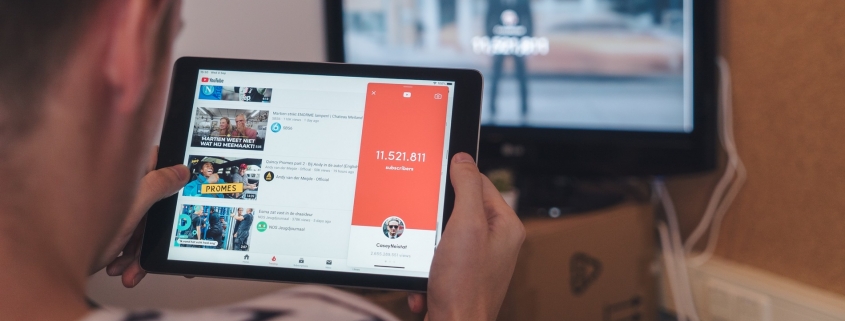What was the last search you conducted on YouTube? As today’s third most popular online destination with more than 72 hours of video uploaded every minute, there’s certainly plenty of content to choose from. But, while my last search was for the Sesame Street spoof of Carly Rae Jepsen’s hit song Call Me Maybe, the majority of people would likely answer with a news-related item. According to a new study from the Pew Research Center’s Project for Excellence in Journalism that examines YouTube as a new kind of visual news source, the most searched term of the month on YouTube from January 2011 to March 2012 was a news event.
The study found that the most popular YouTube news videos depict natural disasters, political upheaval, or other visually-intense events. With the majority of YouTube traffic (70%) coming from outside the U.S., it makes sense that the three most popular stories within the 15-month period were non-U.S. events, including the Japanese earthquake and tsunami, Russian elections and Middle East unrest. The study also found that the most popular news videos are a mix of edited and raw footage and many people more highly value video coverage that hasn’t been edited by the press. More than half (58%) of the most-viewed videos on YouTube, however, involved edited footage, but a large percentage (42%) still remained posted as raw footage.
Not only does this study raise interesting trends for a new form of user-produced, visual journalism, but it also connects the dots between users and more traditional news outlets, which often scoop up user- generated video footage and incorporate it into their official reports as a kind of eye-witness element. In fact, 39 percent of the most watched YouTube videos were clearly identified as coming from citizens, and, while another 51 percent included a news organization logo, some of that footage also appeared to have been user generated, rather than captured by reporters.
Despite a need for content sharing, copyright guidelines and author attributions to be better defined in many instances, YouTube footage is giving news audiences additional avenues to get the most up-to-date information on current events at their own convenience. No longer will people need to be tied to the news agendas of the mega broadcast corporations. They can simply log-on to YouTube and search for the content and topics that matter most to them, but also perform their on in-depth research on a variety of topics and events. Audiences on YouTube not only have the power to reshape news agendas, but they also have the ability to broaden awareness and offer more exposure to ongoing events around the world.
This post was first published by Meredith L. Eaton on March Communications’ blog, PR Nonsense, and may be viewed here.

